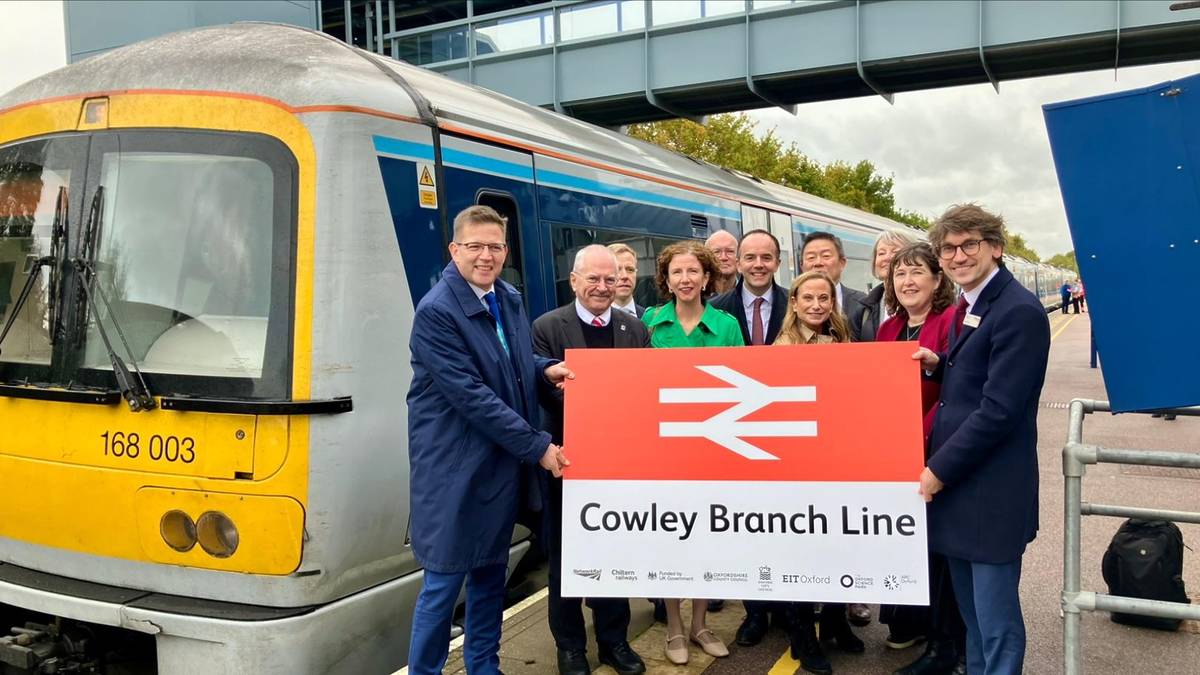
Credit: Network Rail
Save
It looks like Christmas has come early for the scholarly city of Oxford, as it’s just been announced that the historic hotspot is soon to be the lucky recipient of two shiny new train stations. And what’s more, the railway line on which the stations in question will be perched is reopening to the public for the first time in 62 years, having only been used by freight trains since 1963.
The reopening of the Cowley Branch Line comes as part of a rather ambitious (and pricey) plan to transform the area near London into Europe’s answer to Silicon Valley. The government has pledged £120 million to reopen the train line, but the wider project (which involves creating an ‘Oxford-Cambridge corridor’) is set to cost £500 million in total.

The architectural-aficionados over at Foster + Partners have revealed the first images of Littlemore station; one of the two new stations that will be landing in Oxford. The other new station will be built at Oxford Cowley, and trains are set to run directly from the both stations to London Marylebone twice-hourly once they’re up and running.
Home to two of the most prestigious universities in the world; Oxford and Cambridge are both global hubs of innovation. Creating a better connection between the two could supposedly add £78 billion to the UK’s economy by 2035. And reopening the Cowley Branch Line could create up to 10,000 new jobs. If all goes to plan, the line could reopen as soon as 2029, and it would be full steam ahead from there.

Chancellor of the Exchequer, Rachel Reeves, said: “Oxford and Cambridge are home to two of the best universities in the world, two of the most intensive innovation clusters in the world, and the area is a hub for globally renowned science and technology.
“Yet thanks to years of underinvestment, they still lack the public transport, affordable housing, and infrastructure they need. That changes under this government.
“We have massive ambitions for the Oxford-Cambridge corridor, that’s why we’re reopening the Cowley Branch railway 60 years after it closed, why we’re building more affordable housing and investing in business, and how we’ve been able to unlock £10 billion in private investment.”
